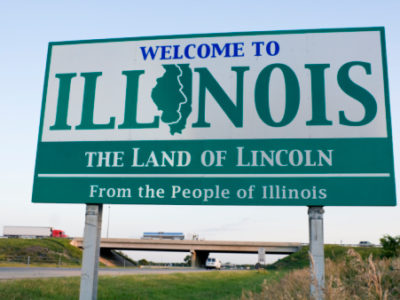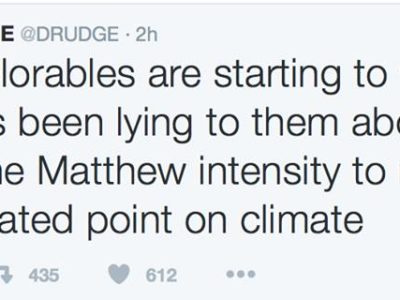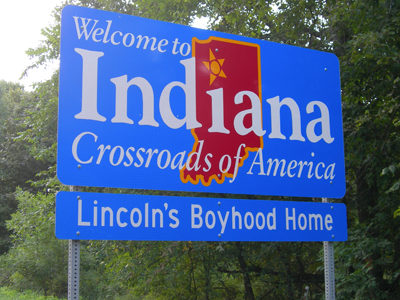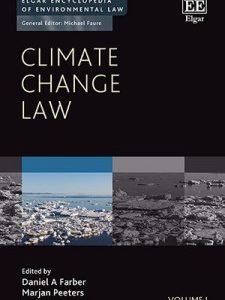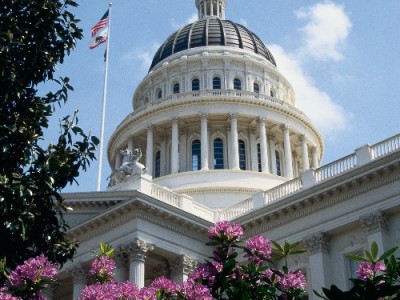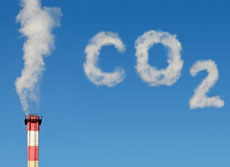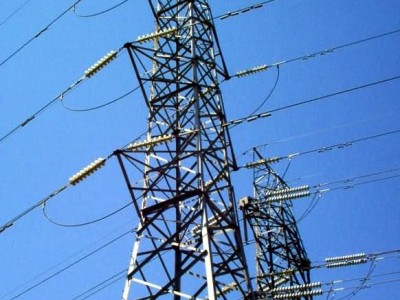Battle for the Senate: Illinois
This race features an environmentally leaning Republican versus a Democratic war hero.
Mark Kirk is an outlier among his fellow GOP Senators. His lifetime score from the League of Conservation voters is 57% -- compare that with many republicans who are at 3% or lower. His opponent, Tammy Duckworth, is a war hero with a lifetime score of 85%, still comfortably above Kirk's. So there's a difference on environmental issues, though less extreme than in many other Senate races. Kirk was born in Champaign, Illinois -- U of I country (Go Illini!) - and g...
CONTINUE READINGA Stark Contrast: Clinton v. Trump on Climate Policy
Clinton wants to cut carbon emissions, Trump wants to raise them.
Forty percent of millennials don't see a difference between Clinton and Trump on environment, energy, or climate policy. That's just wrong -- so wrong that it's hard to believe anyone is that misinformed. The candidates are as different as day and night on those issues. As Paul Krugman said on Friday, "there is a huge, incredibly consequential divide on climate policy." Trump's enthusiasm for fossil fuels, and his opposition to climate policy, aren't just a matt...
CONTINUE READINGBattle for the Senate: Indiana
The Indiana race pitts an anti-regulatory incumbent against a pro-environmental challenger.
Indiana presents another strong contrast in environmental views. The Republican, Todd Young, has a rating of 3% from the League of Conservation voters. His opponent, Evan Bayh, has a 74% rating. Young is an Annapolis graduate and former Marine officer, who earned his MBA from night classes at the University of Chicago. After a short stint at the Heritage Foundation, he worked as a management consultant while taking more classes at night and getting a law degree ...
CONTINUE READINGCelebrating California’s Climate Change Leadership
State Government Leaders From Both Parties Celebrate AB 32's Tenth Anniversary
In stark contrast to a dysfunctional national government and an utterly dispiriting presidential campaign, Sacramento, California was today the site of an inspirational, bipartisan celebration. Current California Governor Jerry Brown, a Democrat, and his predecessor, Republican Governor Arnold Schwarzenegger, joined past and present state legislative leaders to commemorate the 10th anniversary of California's landmark Global Warming Solutions Act of 2006, b...
CONTINUE READINGSurveying Climate Change Law
In only 25 years, a dynamic new field of law has taken root.
Climate Change Law, the first volume of Elgar's Encyclopedia of Environmental Law has just appeared. There are a number of excellent edited collections about aspects of climate change law. What distinguishes this one is that breadth of the coverage, including both international and domestic aspects of carbon reduction and adaptation to climate change. The book confirms how quickly climate change has become the subject of a set of sprawling yet interconnected le...
CONTINUE READINGBattle for the Senate: Ohio
Rob Portman and Ted Strickland duke it out in a key swing state.
In some states, the candidate's websites barely mention energy or environment. Not so in Ohio. Both the Republican incumbent and the Democratic challenger make these issues focal points of their campaigns. The Republican is Rob Portman, who served briefly as U.S. Trade Representative before heading the Office of Management and Budget. He has a lifetime rating of 20% from the League of Conservation Voters, above the Republican average but well below Democratic S...
CONTINUE READINGThe Clean Power Plan Oral Arguments
After marathon hearing, EPA comes out on top
Greetings, Legal Planet readers! As many of you know, I left the UCLA Law community several months ago for a new position in the environmental law world. But today, I emerge from blog-retirement for one very special post: insights from Tuesday’s oral arguments in the D.C. Circuit Court of Appeals over EPA’s Clean Power Plan. A full audio recording of the oral argument is posted on the D.C. Circuit's website. I warn you, however, that it is like listening to talk r...
CONTINUE READINGThe Impact of a Trump Presidency, in Tons of CO2
A Trump presidency would add 2.4 billion tons of CO2 to the atmosphere. At a minimum.
One of Trump's pledges is to eliminate Obama's Clean Power Plan. That wouldn't be quite as easy as he thinks, but there's little doubt that he could do so. So, how much difference would that make? The answer turns out to be 2,470,000 tons of additional carbon emissions. That's a bare minimum; the actual added carbon due to Trump could be much, much higher. Carbon lasts a long time in the atmosphere: about 20% of this extra Trump carbon will still be there in a ...
CONTINUE READINGThe Machine at the Center of the Clean Power Plan
By William Boyd, Ann Carlson and Cara Horowitz
As attention shifts from last night's debate to today's oral argument on the Clean Power Plan, we thought it worth focusing on the machine at the heart of the President's plan to cut greenhouse gases from the electric power sector: the electricity grid. You might think that the largest machine in the United States is one of West’s hydroelectric dams, or perhaps a huge assembly-line factory or an underground particle accelerator. But instead, it's our interconnect...
CONTINUE READING



